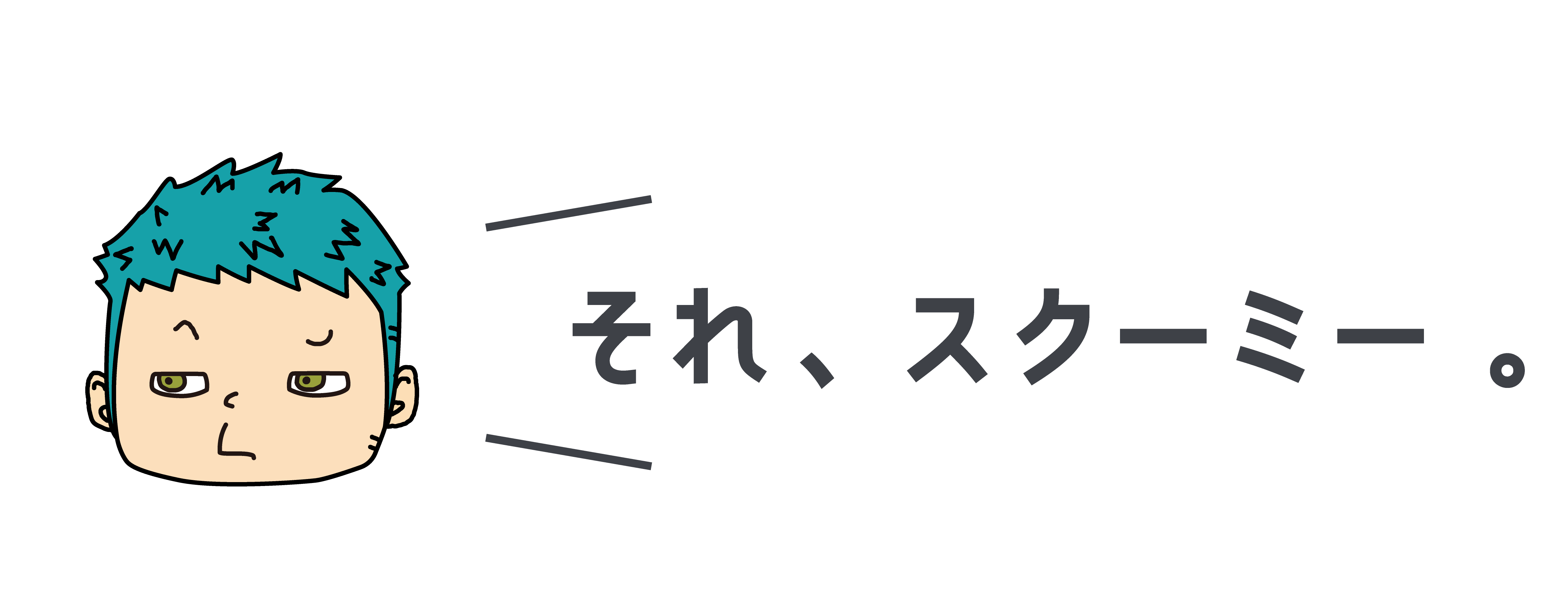Data communication is the key element that connects us with the devices and services that we depend on in the interconnected digital world. It is comprised of a variety of techniques and methods that control how information is transferred from one end to another. Understanding how this works can help us design efficient and reliable networks data communication that deliver the benefits of increased connectivity, including improved efficiency in business in productivity, as well as advancements in automation.
Data communication is the transfer of data between computers through channels or medium. This could be accomplished via the wire cable or radio frequency, satellite signal, or wirelessly. The sender is the person or device sending data, and the receiver is the computer that receives the data. A data communications network may contain more than two computers involved in a communication process.
Multiplexing and Demultiplexing are communication techniques that optimize bandwidth use and cut costs. Both of these processes require special hardware capable of combining and separate these signals. This task is typically carried out by custom integrated circuits that are found in a wide range of communication products, such as cellphones, computers, and printers.
Full-duplex communication is a type of data communications that allows simultaneous two-way communication between two devices. This mode is more complicated than simplex transmission, as it requires the ability to transmit and receive data at the same time.
